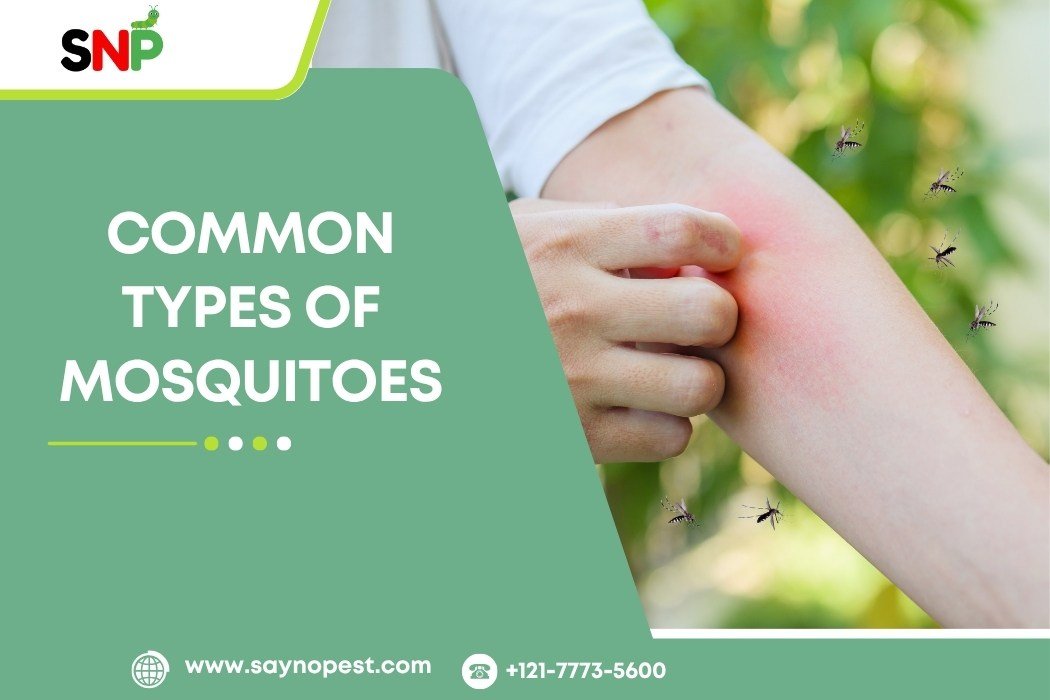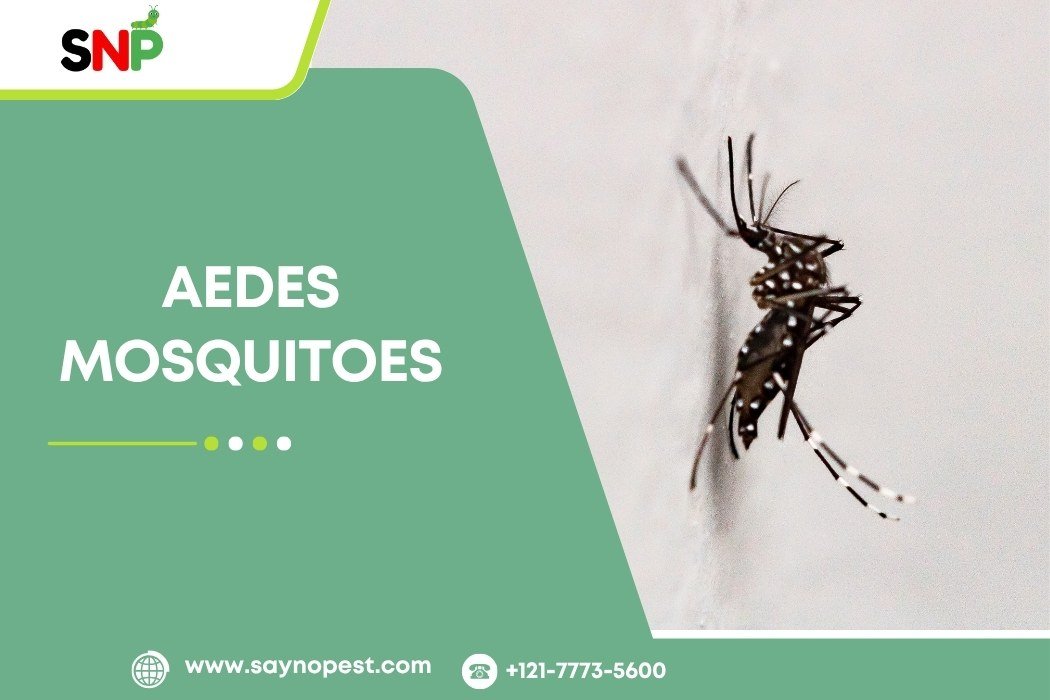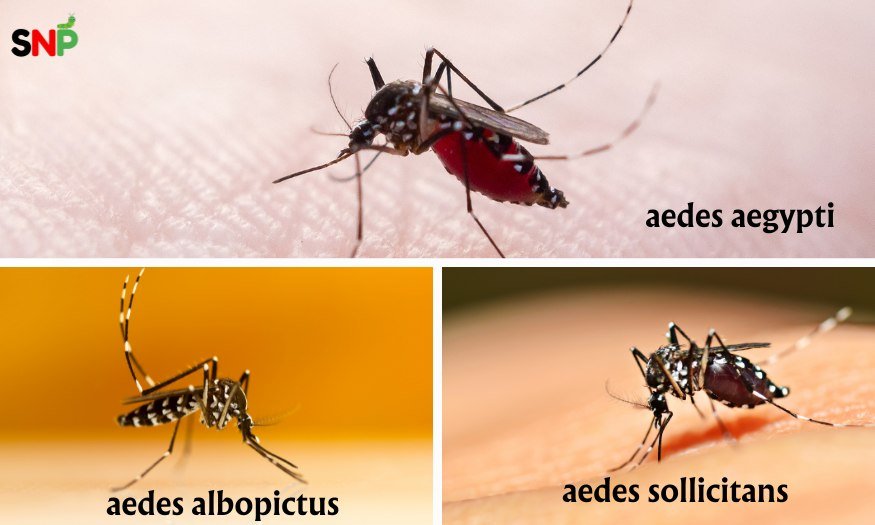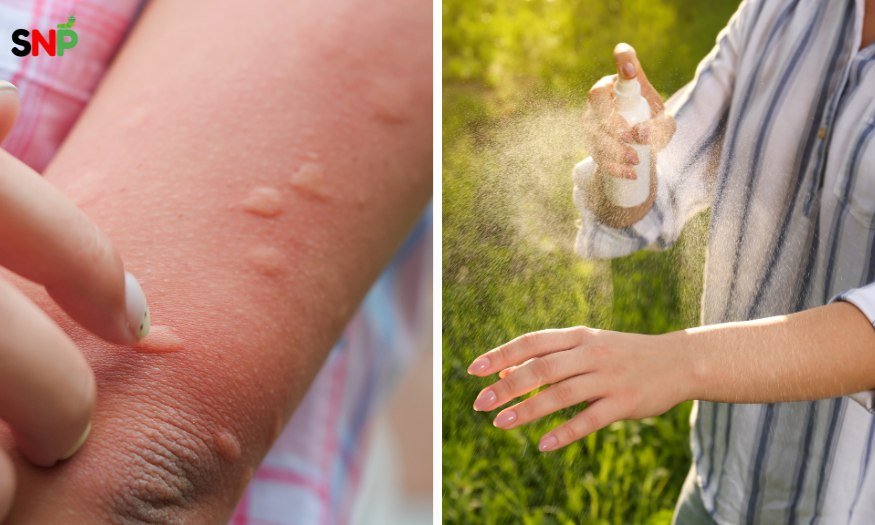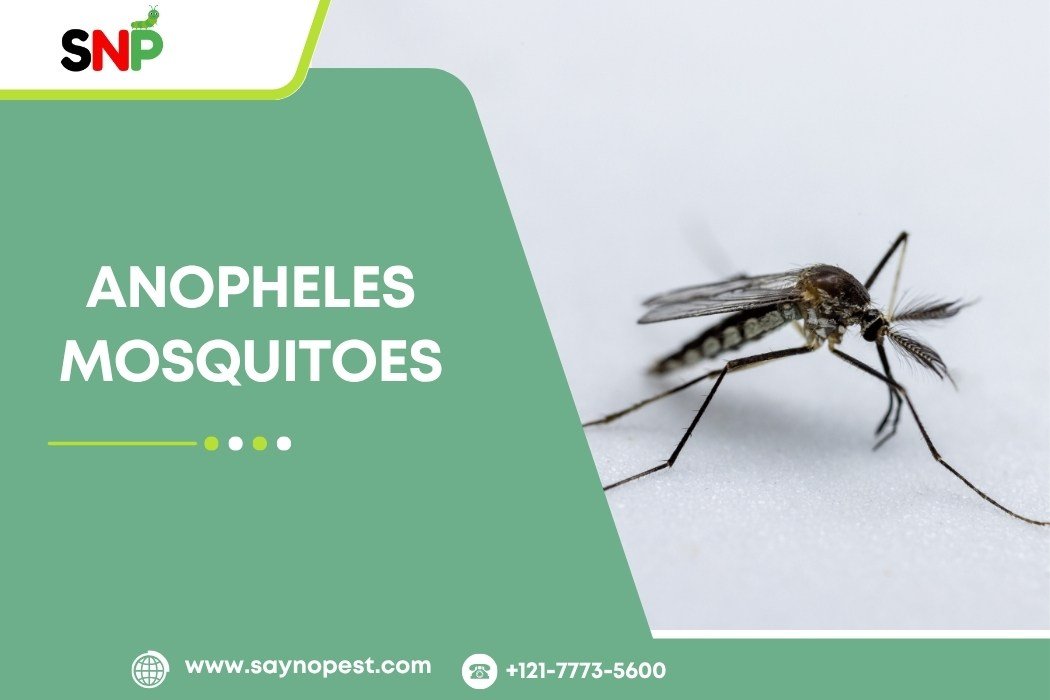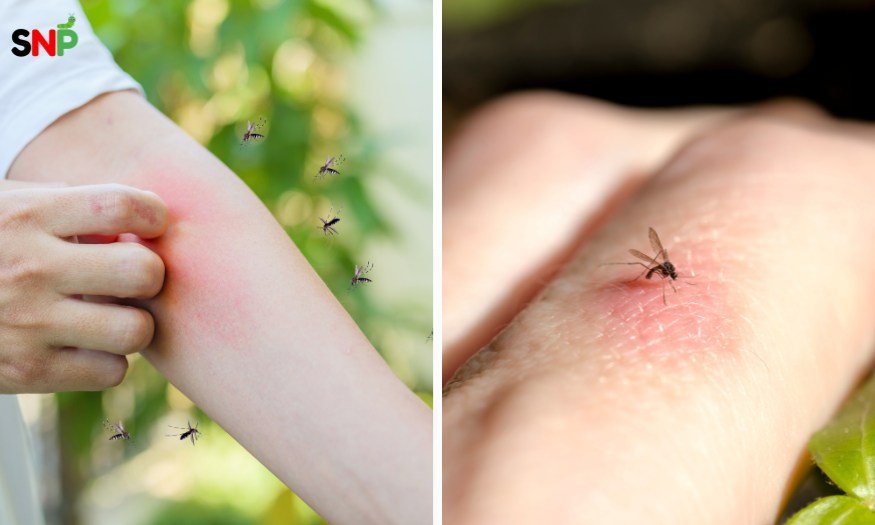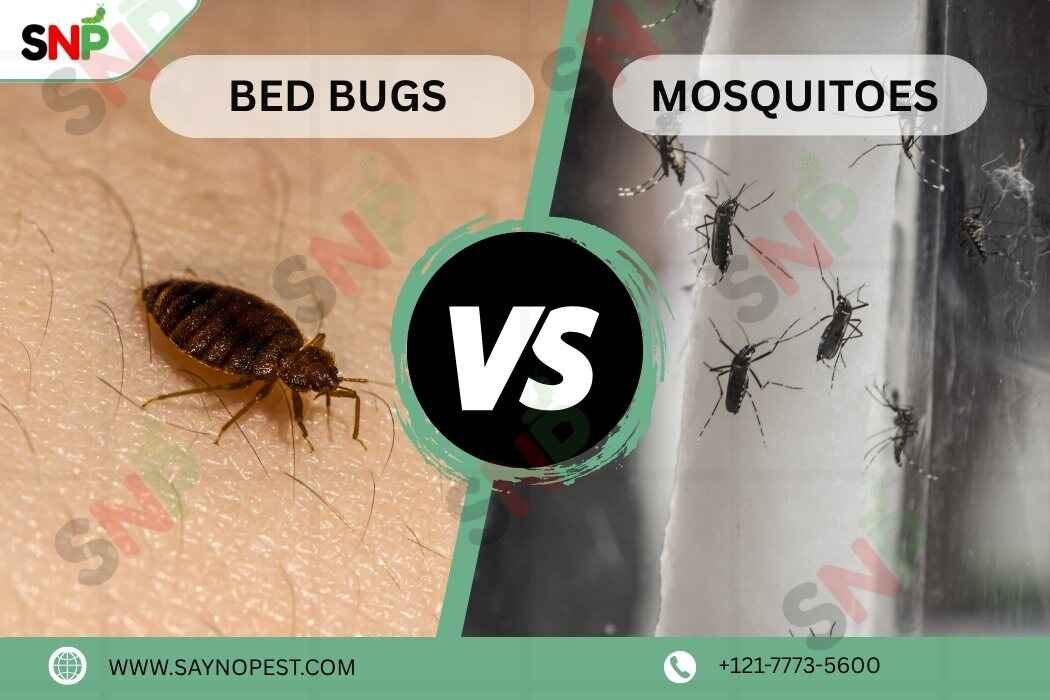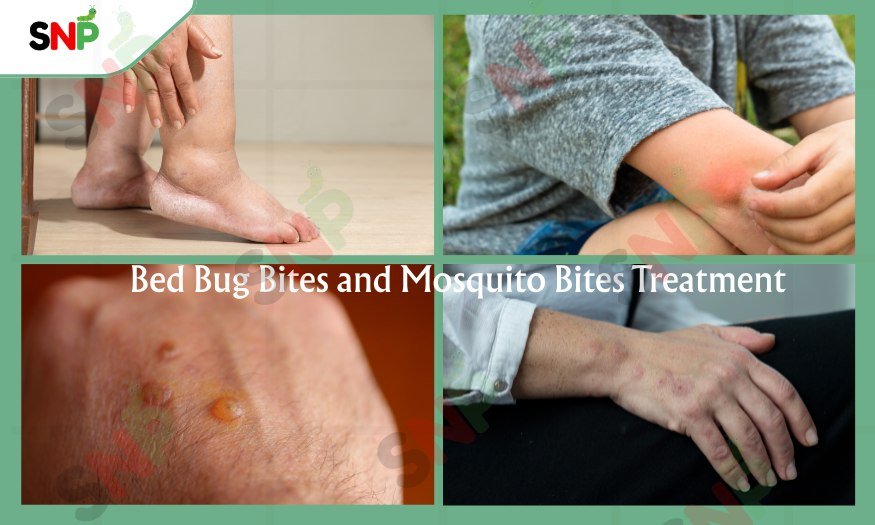Did you know not all mosquitoes are the same? There are more than 3000 types of mosquitoes species. Some bite during the day, while others come out at night and each type can carry different diseases. For example, Aedes mosquitoes bite in the day time and Culex mosquitoes usually bite after dark. The good news? You can protect your family by a few simple steps-
- Getting rid of mosquito breeding spots around your home.
- Just making sure there are no standing water in buckets, pots, and coolers.
- Always keep your surroundings clean.
A few simple steps can go a long way in keeping these tiny troublemakers away and your loved ones safe and healthy!
The most common types of mosquitoes in the U.S.
- Aedes
- Culex
- Anopheles genera
Aedes Mosquitoes
They are known for their aggressive biting habits, Aedes mosquitoes usually bite in the daytime and have black and white markings on their legs and bodies. They reproduce in flower pots in standing water. When its eggs are exposed to rain and the right temperature, they hatch quickly which leads to increase in their population.
The female Asian tiger mosquito bites during the day in comparison to other mosquito species but their male specie do not bite.
Diseases Caused by the bite of Aedes Mosquitoes-
- Zika
- Dengue
- Chikungunya
- Yellow Fever
- West Nile
- Eastern Equine Encephalitis
House Mosquito
House mosquitoes belong to the Culex mosquitoes species, and are one of the most common species found in the U.S. and usually, they emerge at night. Their color is mostly light brown with white stripes and these are attracted to dirty as well as still water.
They mostly prefer damp places and places like drains and birdbaths.
Each Culex female lays between 50 to 400 eggs before they complete development within a span of 10 to 14 days. Standing water locations should receive attention from humans because Culex mosquitoes along with different mosquitoes spread diseases that affect human health.
Diseases Caused by the bite of these types of mosquitoes-
- West Nile virus
- St. Louis encephalitis
- Japanese encephalitis
- Western equine encephalitis
- Eastern equine encephalitis
- Lymphatic filariasis
Anopheles ( Malaria causing Mosquito)
Anopheles mosquito is a Malaria causing mosquito. These are dark brown or black in colour. Malaria mosquito’s stomach points upward. You can find Anopheles mosquitoes almost everywhere in the world but they are not a major threat in the U.S.
Fun Fact- Malaria mosquitoes can lay their eggs in many different places. Female anopheles have the ability to lay thousands of eggs during their entire life.
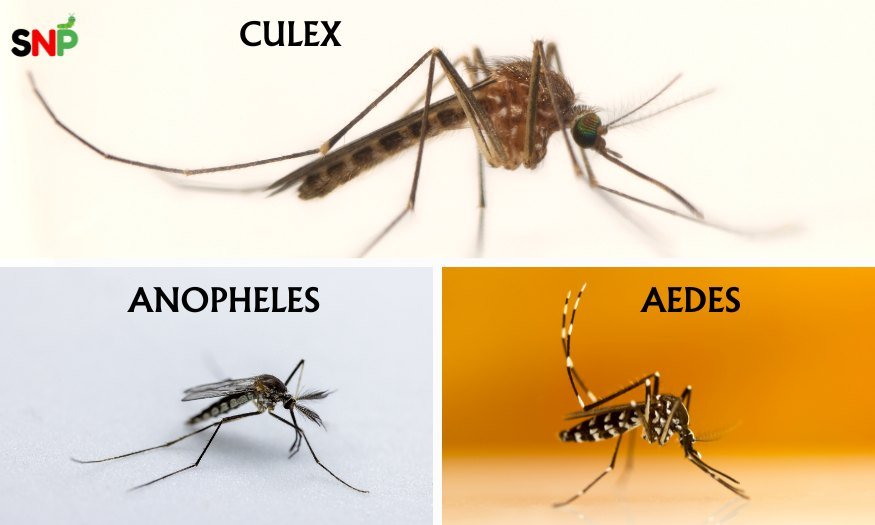
A list of Common Diseases Transmitted by Mosquitoes!
Mosquitoes not only create nuisance but are also responsible for aggressive bites that spread mosquito-borne diseases. They can transmit deadly diseases that put your health at risk. Diseases that mosquitoes can carry include:
- Chikungunya
- Dengue Fever
- Malaria
- West Nile Virus
- Western/Eastern Equine Encephalitis
- Yellow Fever
- Zika
How Long Do Mosquitoes Live?
The lifespan of mosquitoes depends on many factors like:
Mosquito lifespan based on Sex-
Male Mosquitoes: Males generally have the shortest lives, typically surviving only about 5–10 days. Their main purpose is to mate, after which they die soon after.
Female Mosquitoes: Females live comparatively longer that is two to eight weeks under ideal conditions, and in some cases, they can even live up to two months or more. This longer lifespan allows them to lay multiple eggs and seek several blood meals throughout their lives.
- Mosquito lifespan based on Species-
- Aedes Mosquito live up to 20–40 days.
- Culex Mosquito live up to 14–28 days.
- Anopheles live up to 14–28 days.
How to Get Rid of Mosquitoes at your property?
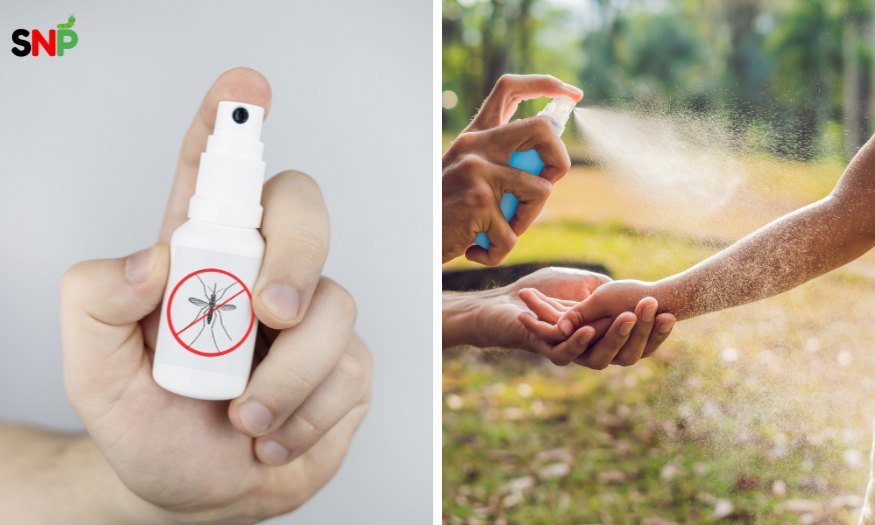
The clear response to your question about removing mosquitoes centers on their detrimental effect on both health and comfort levels. These steps below help you stop diseases which mosquitoes spread:
1. Immediately get rid of Still and Standing Water at your place – Mosquitoes lay their eggs in standing water. Hence, keep gutters and drains clean.
3. Clean your Yard Regularly – Cut the grass and trim bushes frequently because these are the places where the mosquitoes rest.
4. Natural Methods that can help-
- Use outdoor fans.
- Plant mosquito fighting plants in your backyard.
- Make use of mosquito traps.
5.Professional Pest Control Service- In case mosquitoes are still bothering you, it is advisable to call a pest control professional to help you with some targeted treatments.
Conclusion
Acquiring knowledge about typical mosquito species present in America represents a small yet beneficial method for protecting your property and your loved ones against mosquito attack and their associated health risks.
Filthy water accumulations that attract mosquitoes must receive prompt attention because these periods provide ideal chances to stop new generation reproduction. Dependable knowledge provides reassurance to people who want to protect themselves from mosquito attacks during outdoor activities within their yards and community parks
